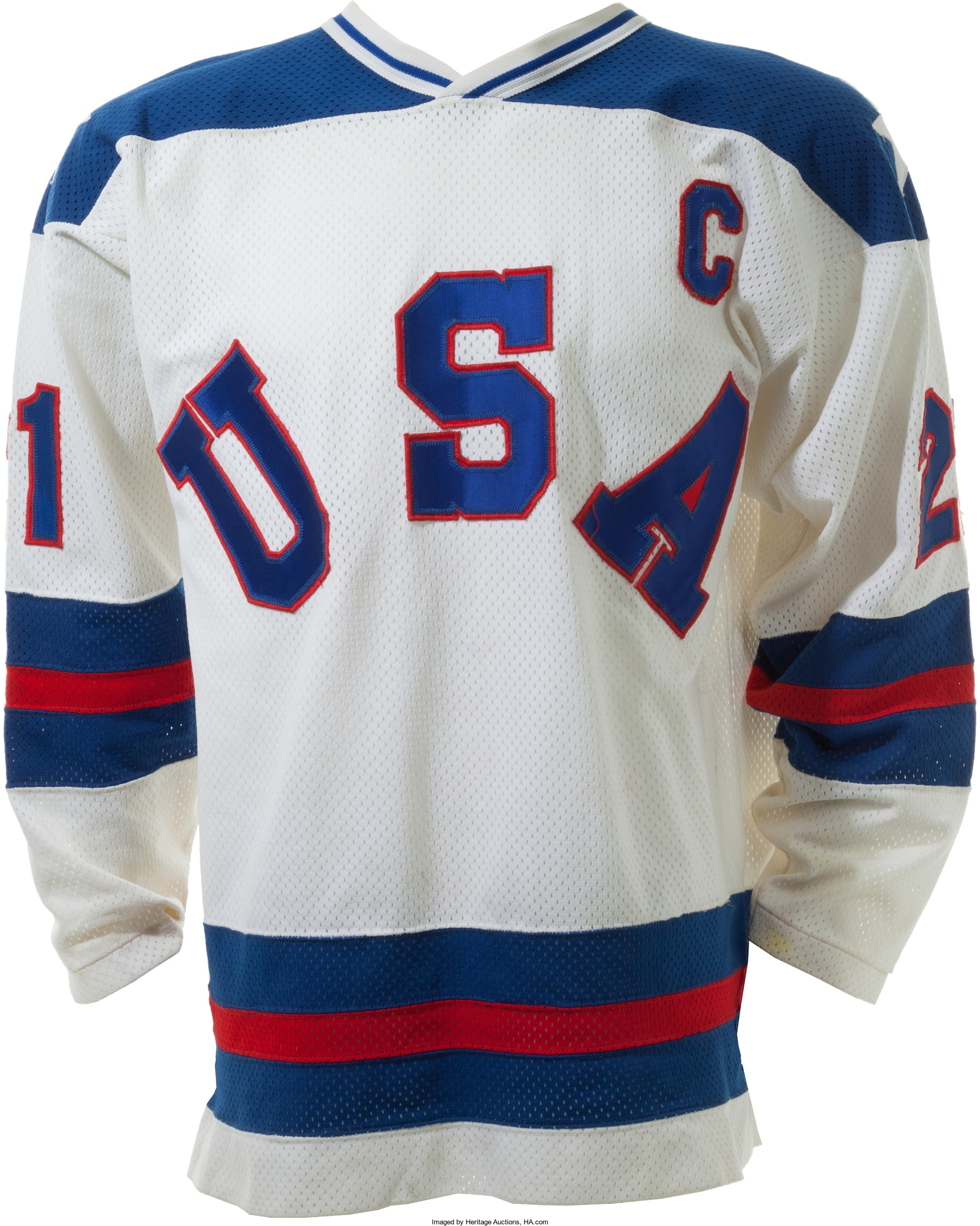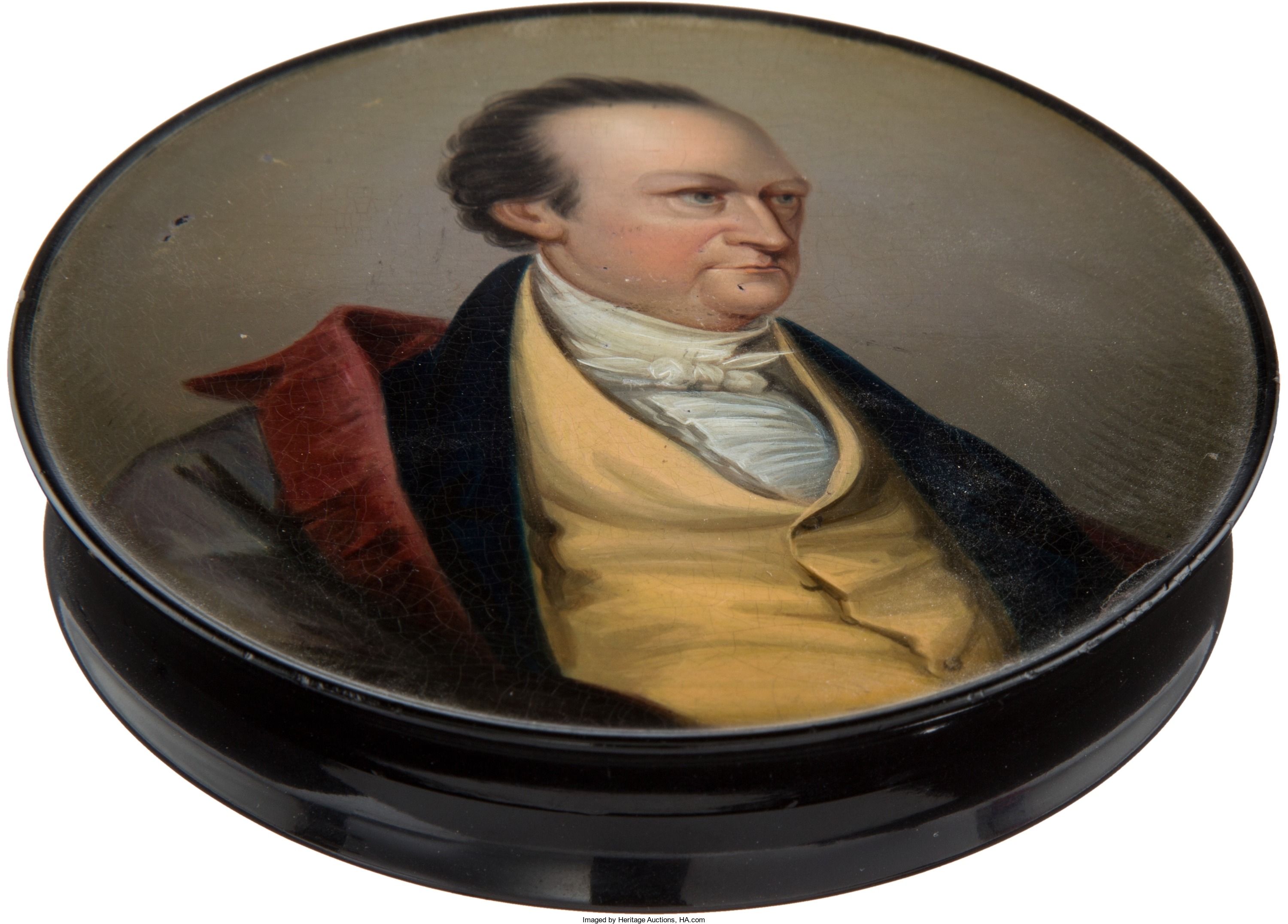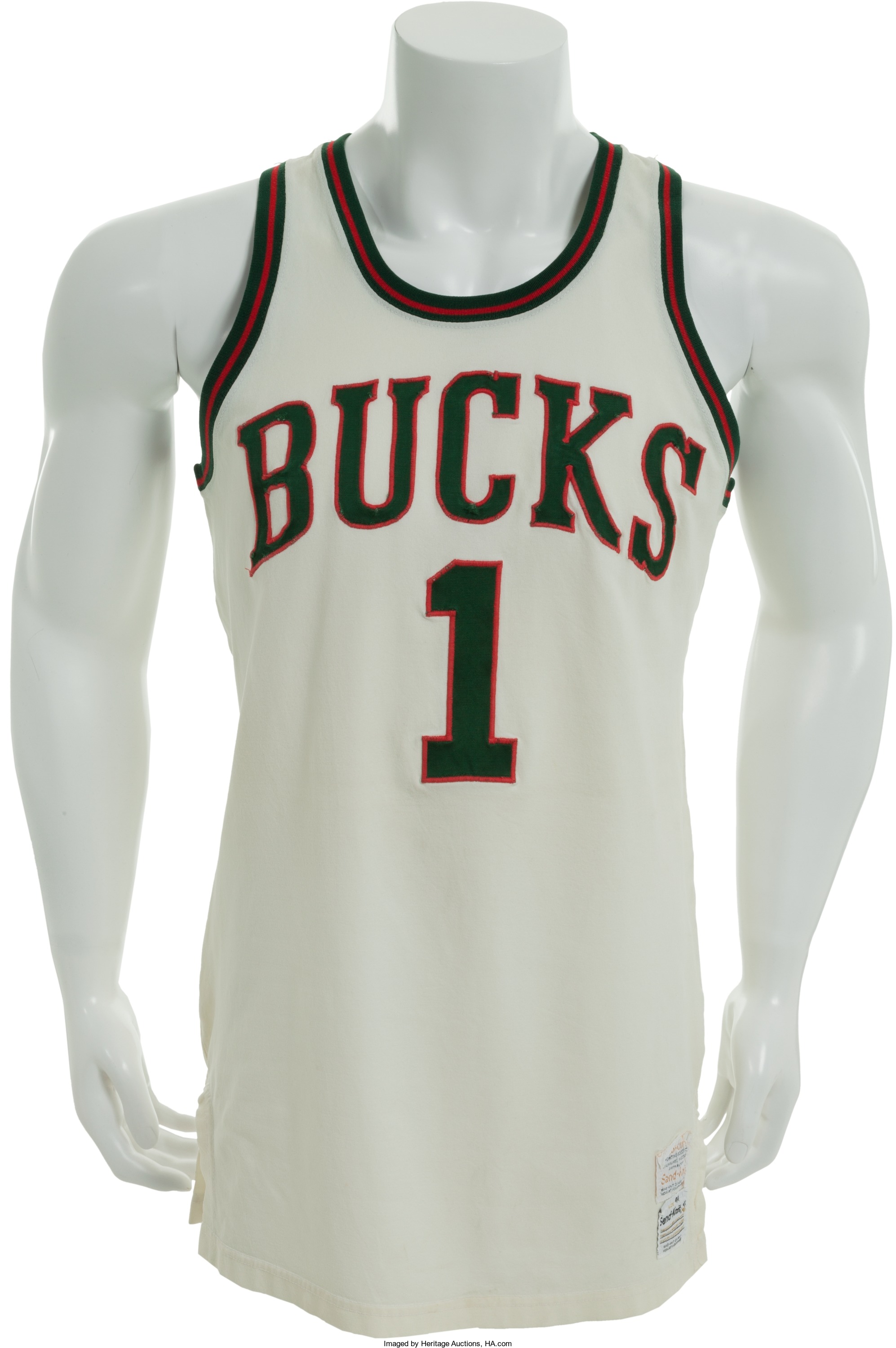
By Jim O’Neal
The 34th Academy Awards ceremony was held on April 9, 1962, to honor films from 1961. West Side Story dominated the field with 11 nominations and 10 Oscar winners.
Another strong contender was Judgment at Nuremberg with 11 nominations, including two for best actor: Maximilian Schell (winner) and Spencer Tracy for his portrayal of Chief Judge Dan Haywood, a fictionalized character. Many moviegoers (and probably others) naturally assumed this was the extent of post-war judicial actions. In fact, the film only represented the third (“The Judges’ Trial”) of 12 trials for German war crimes.
Even before Germany surrendered, the Allies had planned to establish courts to try Nazi military and political leaders for their actions during the war. On May 2, 1945, President Harry S. Truman selected Supreme Court Justice Robert Jackson to organize the proceedings and represent the United States.
Judge Jackson started by developing the London Charter, which established the International Military Tribunal and trial procedures. It was agreed to hold the trials in Nuremberg, where the Nazis held their annual rallies. Much of the city was damaged, but the huge Palace of Justice and a prison remained intact.
On Nov. 20, 1945, the Nuremberg Trials began.
“The wrongs which we seek to condemn and punish have been so devastating that civilization cannot tolerate their being ignored, because it cannot survive their being repeated.” – Justice Robert Jackson, November 1945
In the first trial, 22 Nazis faced one or more charges of war crimes, crimes against peace or crimes against humanity. The defendants included Luftwaffe Commander Hermann Goering, Adolf Hitler’s deputy Rudolf Hess and the Fuhrer’s successor Admiral Karl Donitz. (Martin Bormann was tried in absentia and Hitler, Joseph Goebbels and Heinrich Himmler had committed suicide.)
Over the next 10 months, prosecutors offered evidence of propaganda movies, vivid films of concentration camp liberations and damning testimony from many eyewitnesses. The evidence was so overwhelming, the 250 journalists attending the trial were often heard weeping in the courtroom or sobbing in the hallways.
On Oct. 1, 1946, the court handed down the verdicts.
Twelve high-ranking men, including Goering, were sentenced to death by hanging. Three more were sentenced to life sentences in prison. Four got prison sentences of 10 to 20 years and three minor political figures were acquitted.
The Nazi leaders had been tried in courtroom 600 of the Palace of Justice, where all proceedings were recorded. Some were broadcast in radio reports. Many people still claim it was the first time they learned of Nazi atrocities, the concentration camps or the gas chamber horrors (“The Final Solution”).
What is interesting, at least to me, is just how much more the Germans have accomplished through economic development than they ever did with guns, planes and tanks. Just ask the Greeks.
 Intelligent Collector blogger JIM O’NEAL is an avid collector and history buff. He is President and CEO of Frito-Lay International [retired] and earlier served as Chairman and CEO of PepsiCo Restaurants International [KFC Pizza Hut and Taco Bell].
Intelligent Collector blogger JIM O’NEAL is an avid collector and history buff. He is President and CEO of Frito-Lay International [retired] and earlier served as Chairman and CEO of PepsiCo Restaurants International [KFC Pizza Hut and Taco Bell].









